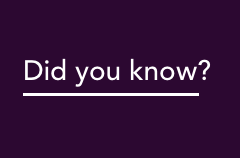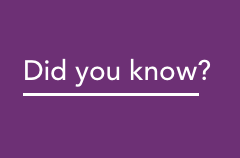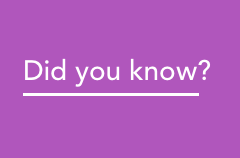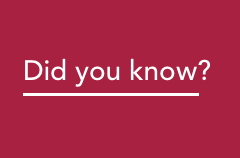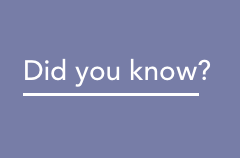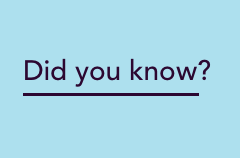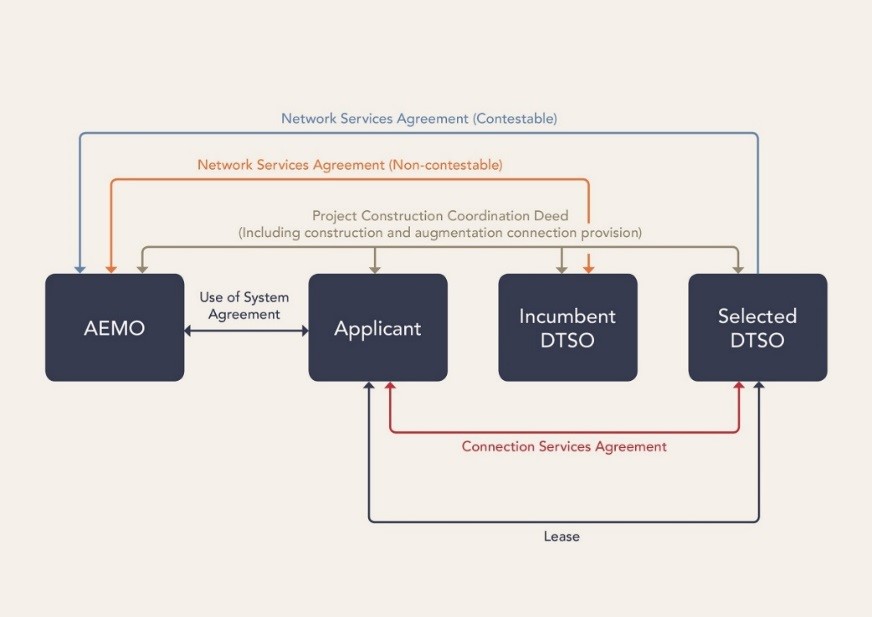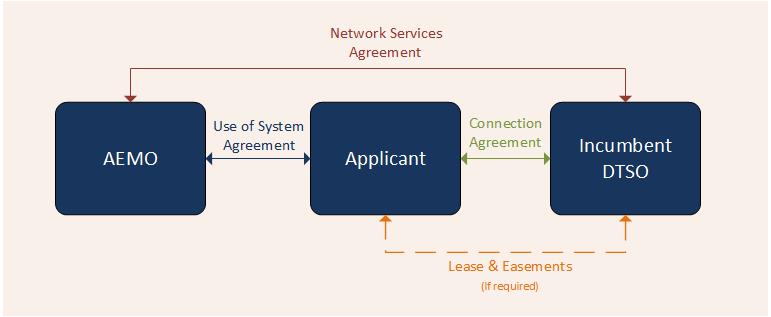Stage 4 - Contracts

You can click through these bubbles to navigate to each Stage.
AEMO Victorian Planning and Connections prepares an Offer to Connect once Application Stage is complete.
The Offer to Connect consists of several contracts in executable form, such as the Use of System Agreement (UoSA), the Network Services Agreement (NSA) and the Project Construction and Coordination Deed (PCCD).
Template contract examples can be viewed via our Connections Toolkit.
The number of contracts, form, and the time taken to execute will vary depending on:
- Project size.
- Plant type.
- DSN augmentation requirement.
- Contestability of the proposed augmentation.
For projects that don’t require DSN augmentation, we will usually execute two contracts (see Figure 1):
- UoSA (Applicant)
- NSA (incumbent Declared Transmission System Operator (DTSO).
For projects that require augmentation to the DSN and consist of contestable and non-contestable works (e.g. interface and other minor and non-separable works) there are two alternative ways to develop the required augmentation:
- The Connection Applicant nominates a DTSO to build, own, and operate the augmentation, and we procure shared network services from the nominated DTSO. You conduct an Invitation to Tender (ITT) for the contestable portion of the augmentation under clause 8.11.8 of the Rules.
Or
- Upon your request we can conduct an Invitation to Tender (ITT) to build, own, and operate the contestable and non-contestable portions of the works under clause 8.11.7 of the National Electricity Rules (Rules);
AEMO Victorian Planning and Connections determines whether the augmentation is contestable or non-contestable.
Figure 2 shows the contract structure for a contestable and non-contestable project dependant on the parties who will build, own, and operate the augmentation.
Figure 3 shows the contract structure for non-contestable DSN augmentation, where the incumbent DTSO will build, own and operate the augmentation.

